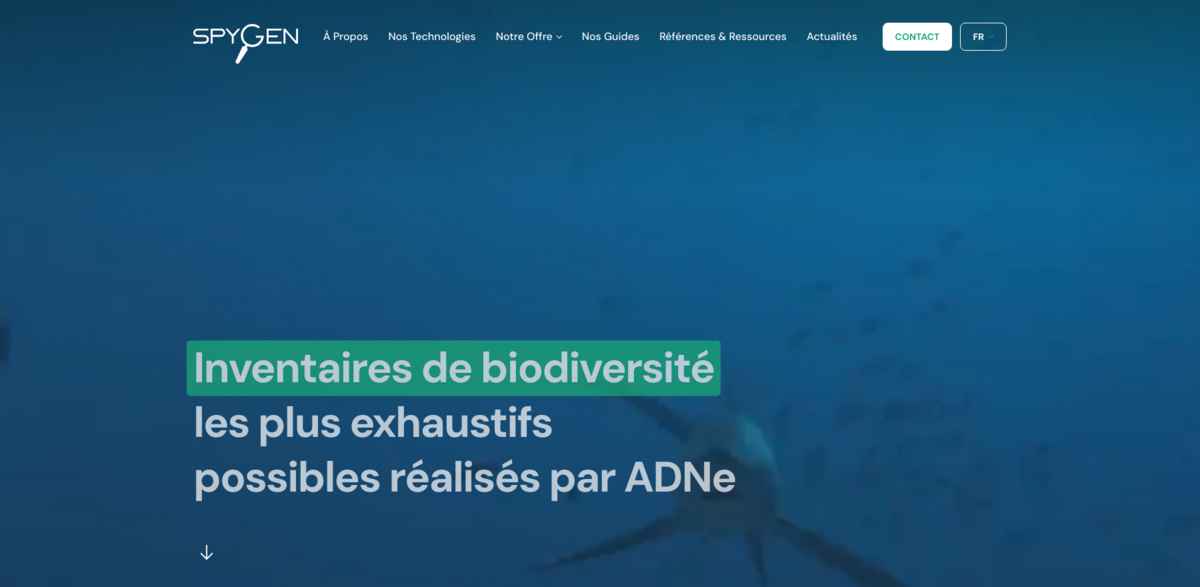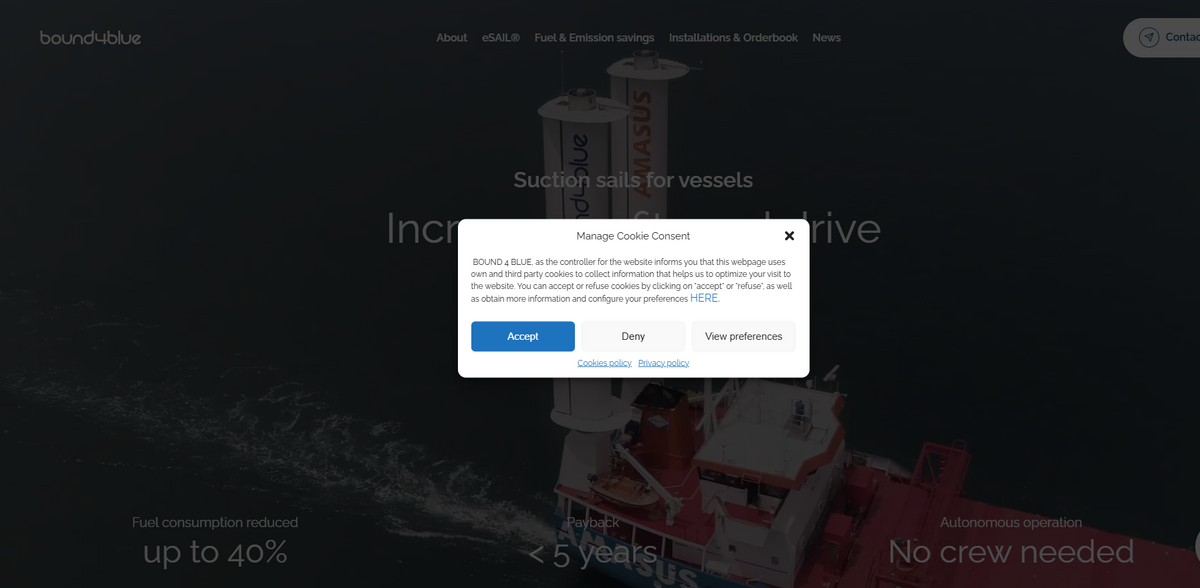What the Project Is
Inventories of biodiversity as exhaustive as possible carried out by ADNE have been at the forefront of biodiversity monitoring since the project’s inception. The SPYGEN initiative stands as a pioneer in biodiversity inventories, using environmental DNA (ADNe) analyses to transform invisible traces into robust, comprehensive species inventories. Born from the Laboratory of Alpine Ecology – a research unit involving CNRS, the University of Grenoble Alpes, and the University of Savoie Mont Blanc – SPYGEN has been pushing the boundaries of molecular ecology and technological capabilities since 2011. With a mission to reveal biodiversity and to offer environmental DNA analyses for ecosystem monitoring worldwide, SPYGEN specializes in DNA traces from water, soil, honey, or faeces samples, making the invisible biodiversity visible. This project represents a dynamic approach that continuously refines methods and technologies, ensuring that biodiversity monitoring is not only thorough but also at the cutting edge of research.
Main Benefit
The key strengths of the SPYGEN project are reflected in impressive figures and facts:
- High-capacity filtration capsules processing up to 150 liters of water, compared to the typical 5 liters used in standard protocols.
- Enhanced detection: In marine environments, 40% of species detected by SPYGEN were not detected with the simplified ADNe protocol; in freshwater systems, 33% of species were missed.
- One of the largest private genetic reference databases available supports exhaustive species inventories.
- Integration of biodiversity data with ecological, environmental, and regulatory information to empower more informed decision-making.
Diverse Sampling Technologies
The project takes pride in its diverse sampling techniques, having developed optimized ADNe sampling methods adapted to a wide variety of ecosystems. In aquatic environments, the high-capacity filtration capsules are a standout innovation. These capsules can filter significantly more water, ensuring that more ADNe is collected from each sampling session. This method increases the amount of ADNe collected in the field compared to standard filters. It might sound technical, but it means that every liter counts and even small traces can light up the hidden biodiversity. The approach is both efficient and highly scalable across different aquatic habitats.
Exhaustive Species Inventory
At the core, the SPYGEN project is about producing exhaustive and robust species inventories. Thanks to market-leading ADNe technology, supported by an extensive private genetic reference database, targeted site inventories are as complete as possible. This technological foundation makes it possible to detect all living organisms, including rare species, providing an unparalleled window into even the most complex ecosystems. Whether it is a vibrant coral reef or a quiet freshwater stream, every organism contributes to the story of biodiversity. The result is an inventory that captures the full spectrum of life.
Innovative Biodiversity Management Solutions
Smart solutions for biodiversity management are another pillar of the project. By applying biostatistical approaches and bioindicators, raw ADNe data is transformed into actionable information. This conversion supports informed decision-making in both conservation and management contexts. Imagine exploring the Mediterranean Sea’s biodiversity in just 2 months or revealing the biodiversity of fish over 500 km of the Rhône River – these are just a few examples of the project’s innovative assessments. Even the known distribution of freshwater mussels in France has been challenged through large-scale ADNe monitoring. With a dynamic mix of research and on-field achievements, the project ensures that every piece of data helps drive effective environmental action.
Project Impact and SDGs
- SDG 14: Life Below Water – Enhancing marine biodiversity knowledge and protection.
- SDG 15: Life on Land – Promoting comprehensive inventories of terrestrial ecosystems.
- SDG 13: Climate Action – Facilitating informed decisions for environmental conservation in a changing climate.
- SDG 17: Partnerships for the Goals – Emphasizing research collaborations, consulting firms, and study offices to extend impact globally.
Fostering Global Partnerships and Future Innovations
Collaboration is at the heart of the SPYGEN project. Excellence in biodiversity monitoring and ADNe analysis isn’t achieved in isolation – it relies on solid research partnerships and strategic collaborations. Daily cooperation with consulting firms and study offices ensures that the advanced analyses are effectively applied in commercial and environmental contexts. Research partnerships are continuously built to develop innovative projects worldwide, whether it’s creating primers for taxonomic groups or expanding reference databases for specific geographic areas. The project’s constant evolution through R&D reflects a dedication to pushing scientific limits while reinforcing biodiversity conservation efforts. With a network that spans academic institutions and industry players alike, SPYGEN is paving the way for future breakthroughs, maintaining its status as a leader in environmental DNA analyses while staying true to its mission of making the invisible visible.





















